As of 2025, youth mental health in the United States remains in crisis. One in five high school students lives with a diagnosable mental health disorder, yet nearly 65% will go without treatment. According to the CDC, almost 40% of high school students report persistent feelings of sadness or hopelessness, and approximately 20% have seriously considered suicide. Suicide is now the second leading cause of death for youth ages 10 to 24 — and the leading cause for children ages 10 to 14. These aren’t just statistics; they reflect a widespread and growing epidemic.
In Los Angeles County, an average of 15 youths die by suicide each year. This crisis touches every type of school and community — from low-income neighborhoods to elite private campuses.
That’s why the Matthew Silverman Memorial Foundation exists. Since 2013, we’ve delivered free, evidence-based suicide prevention programs to schools across Southern California. In our first year, we reached over 7,000 students — and after nearly every presentation, at least three students seek help the same day. MSMF breaks the silence, reduces stigma, and helps students take the first step toward healing.


